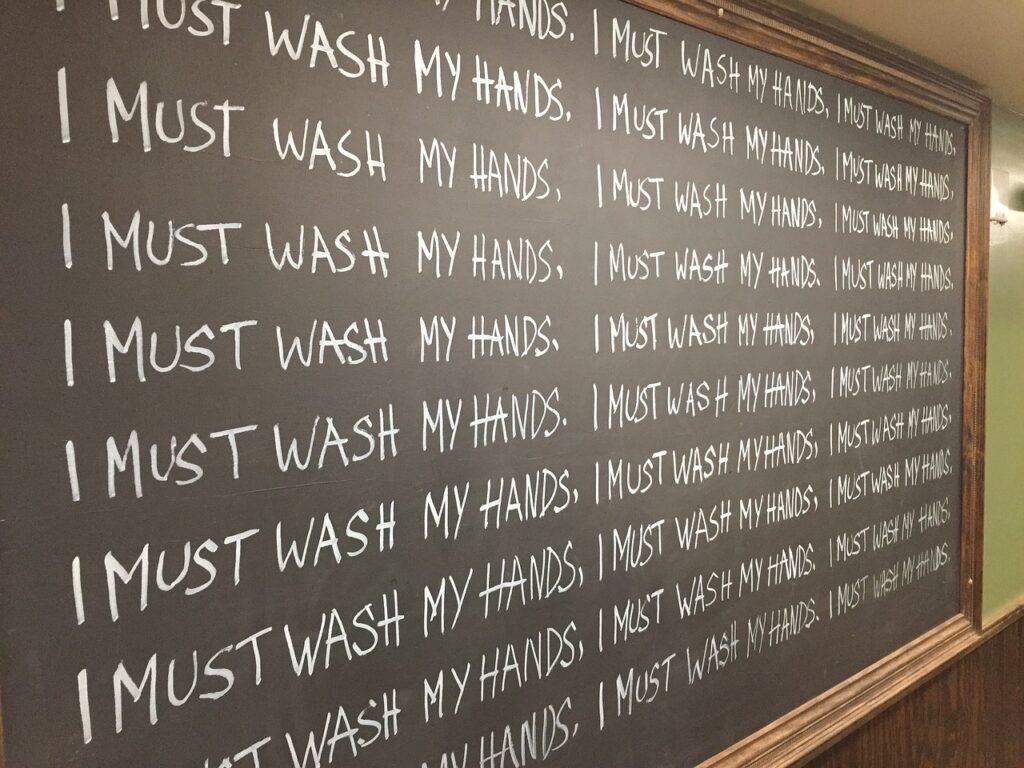You may or may not agree with my answers, and it is totally fine. The context I have chosen is adults at work.
Hey Tom, is it possible to achieve behavioural change with punishment or threatening people with punishment?
Well, it is, but I prefer using the word consequence as apposed to punishment. Probably the possible consequences withhold angry people from punching others who disagree in the face, make people refrain from drunk driving or skipping workdays. Here, you need to know what consequence might follow that specific behaviour.
Is it effective to threaten people with consequences or punishments?
As I described above, it can sometimes be effective, but far from always. For example, despite the threat of punishment, you drink a couple of beers and drive home by back yards. Or slack off at work when your boss is off site. Some people cheat or play with the numbers to avoid being disqualified for the bonuses. I read a story in Dan Pink’s book, Drive about a nursery school where some parents kept coming late to pick up their kids. Management decided to sanction late pick-ups with a fine. From that point on, the number of instances started to grow and finally doubled. Earlier, parents regarded arriving on time as a case for conscience, now the option for being late was a service with a price tag. Therefore, in this situation, punishment resulted in a contrary effect.
What effect does punishment have on motivation?
Well, if we are talking about actually giving a punishment not just threatening people with it, there can be two reactions. The less typical one is that the person gets the message, makes a U-turn and behaves completely differently from the next day. Most of the time something else happens. The person completely loses motivation, his loyalty to the company plummets, he takes it personally, plans vengeance, tries to figure out a way to avoid the consequences, demotivates others by complaining constantly, and more often than not, blames something or someone else for the situation. And he may even be right. It is possible that other colleagues got away with the same behaviour earlier, or that he never received any feedback or prior notification. In these instances, the line manager also has responsibility for the unfavourable outcome.
Can you achieve a positive effect with such a negative approach?
Very seldom. If there is continuous communication and feedback from the manager, if they regularly discuss any problems that come up, there is no need to threaten or punish people. It may happen that someone just does not understand normal communication and only reacts to aggressive messages. Maybe he was socialised that way at previous workplaces. But I would like to underline that it is a rare exception, if you do your people management responsibilities properly. And yes, sometimes we need to say goodbye to people if they refuse to act on feedback and their behaviour negatively affects team morale and performance.
Act2Manage Application
An interactive, gamification-based, practice-oriented leadership development application that provides immediate help and enables follow-up to the most common dilemmas.






